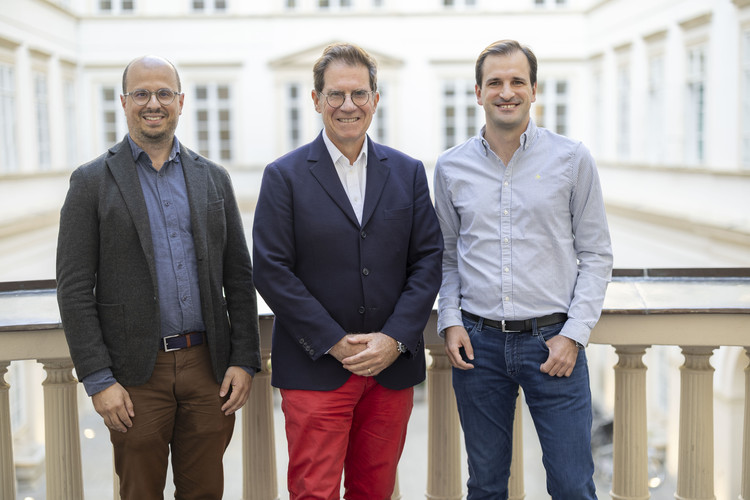
Newly discovered compound blocks signalling pathway of immune response
Scientists at CeMM, the Medical University of Vienna and the University of Lausanne succeeded for the first time in identifying and characterizing a new small molecule called "Feeblin", which can inhibit the interaction of the transporter protein SLC15A4 with the adapter protein TASL. Both proteins are part of proinflammatory signalling pathways in the body. In particular, patients with autoimmune diseases such as systemic lupus (SLE) could benefit from inhibiting the signalling pathway. The study has now been published in Nature Communications.
In autoimmune diseases, inflammation is chronic and leads to severe tissue damage. Several…
Read more
Giulio Superti-Furga becomes director of the Biomedical Research and Biotechnology Center in Sicily
CeMM Director Giulio Superti-Furga, a renowned molecular biologist in Austria, takes on a new task: The Italian Ri.MED Foundation and UPMC (University of Pittsburgh Medical Center) selected the native Italian for the position of director of the new Biomedical Research and Biotechnology Center (BRBC) currently under construction in Sicily. Superti-Furga will initially support the Ri.MED Foundation with consultancy services of one week per month, to advise on the organization of the new research center, until the buildings are completed. The goal is to create an international hub where the relationship of humans with the environment will serve…
Read more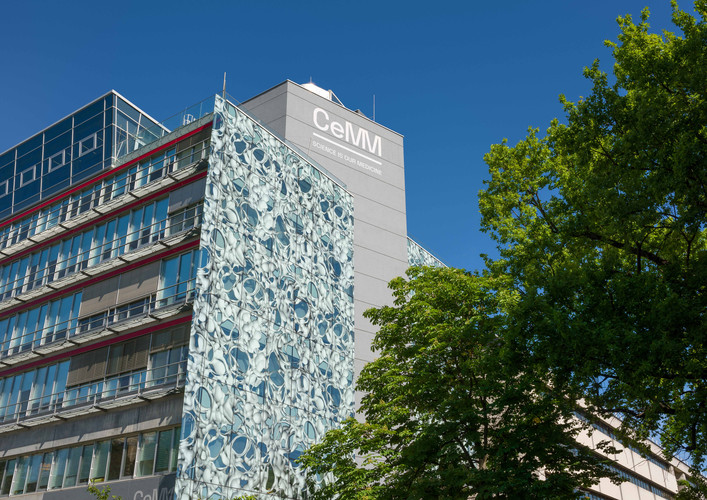
CeMM stands in solidarity with Israel
CeMM strongly condemns the attacks and war in Israel and wholeheartedly wishes to express solidarity with the citizens across Israel. We send our support to scientific colleagues, collaborators, and CeMM friends and alumni in these difficult times.
Read more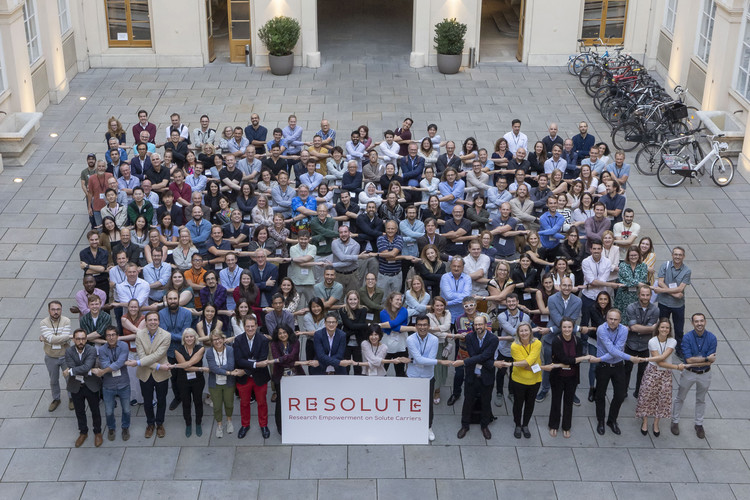
RESOLUTE and REsolution Final Conference on 27-29 September 2023
From 27 to 29 September 2023, the 'Unlocking Transporters for Drug Discovery' Conference took place at the historic Palais Niederösterreich in Vienna, Austria. The event, open for the first time to the entire scientific community, marked the conclusion of the RESOLUTE and REsolution projects, which are set to conclude by the end of 2023.
The REsolution and RESOLUTE consortia are public-private research partnerships supported by the Innovative Health Initiative (IHI), the European Union, and EFPIA. They are coordinated by CeMM and Pfizer and include partners from academia and the pharmaceutical industry. The RESOLUTE project aims to intensify…
Read more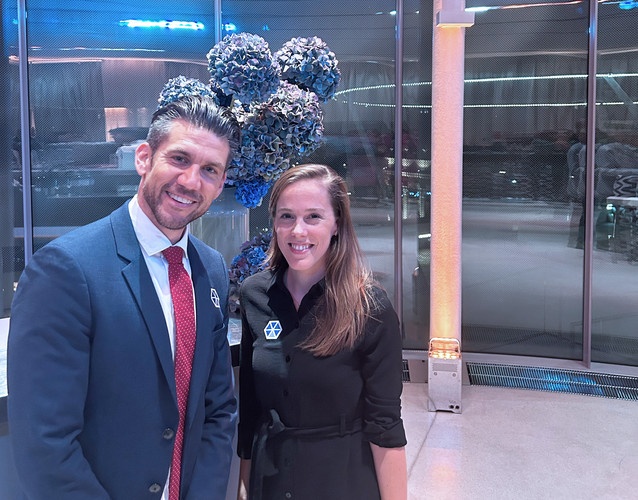
Thomas Reiberger and Laura de Rooij received the prestigious LBG CRG funding for their project "MOTION"
Congratulations to CeMM Adjunct Principal Investigator Thomas Reiberger and CeMM Principal Investigator Laura de Rooij, who received the prestigious CRG funding from the Ludwig Boltzmann Gesellschaft for their project entitled "Disease-Driving Mechanisms in Patients with Portal Hypertension," in short "MOTION"!
Portal Hypertension (PH) is a severe consequence of liver diseases, causing more than 2 million (4% of all) deaths worldwide each year. Nevertheless, there are no approved drugs for the effective treatment of PH. Led by CeMM Adjunct PI Thomas Reiberger from the Clinical Department of Gastroenterology and Hepatology at MedUni Vienna…
Read more
Johanna Strobl awarded the ÖGAI Karl Landsteiner Prize 2023
Congratulations to Johanna Strobl, a postdoc in the group of CeMM Adjunct Principal Investigator Georg Stary at the Medical University of Vienna, for receiving the Karl Landsteiner Prize in basic immunological research in 2023!
Every year, the Austrian Society for Allergology and Immunology (ÖGAI) and the Karl Landsteiner and Eisler-Terramare Private Memorial Foundation (Bio&Bio) present this award in honor of the significant contributions of Karl Landsteiner, an Austrian immunologist and pathologist known for discovering blood groups. The prize, endowed with 4,000 €, recognizes outstanding publications in the field of basic immunological…
Read more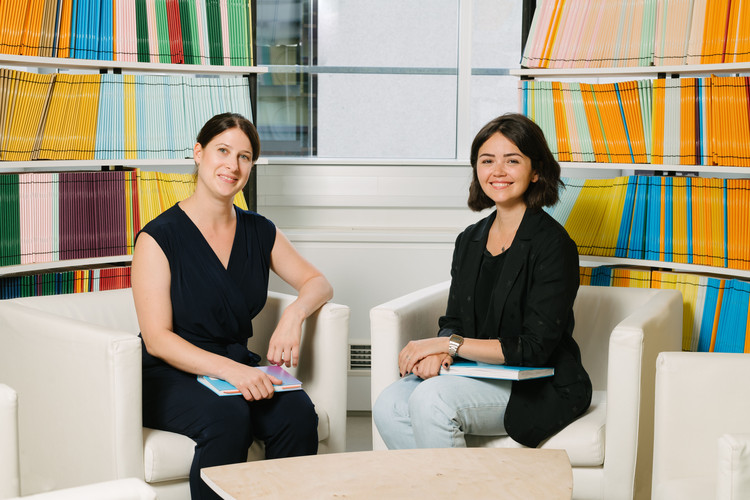
Clarissa Campbell and Barbara Maier at CeMM receive ERC Starting Grants
Two scientists at the CeMM have received prestigious ERC Starting Grants from the European Commission: Clarissa Campbell and Barbara Maier. In Clarissa Campbell's laboratory, researchers are working to better understand the interplay between the immune system and metabolism. Barbara Maier and her team are researching the role of lymph nodes in the context of cancer.
The ERC grants are among the most prestigious and competitive research grants offered by the European Union. The ERC Starting Grants provide support to outstanding researchers in establishing their scientific careers and forming their own research groups. These grants are endowed…
Read more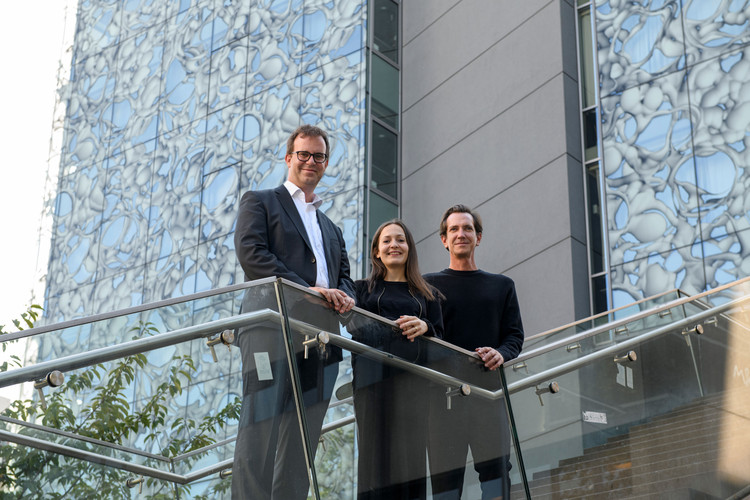
Network-based approaches open a new avenue to classify and treat rare diseases
Scientists at CeMM, Max Perutz Labs, and St. Anna Children’s Cancer Research Institute have achieved a significant advancement in the research of rare immune system disorders. Through a network-based approach, they have reclassified approximately 200 rare diseases. Initial comparisons with clinical data already demonstrate how this can enhance the prediction of treatment efficacy. Moreover, the study reveals for the first time the strong similarities between the molecular mechanisms of rare diseases and autoimmune and autoinflammatory conditions, such as chronic inflammatory bowel disorders, multiple sclerosis, and specific types of diabetes.…
Read more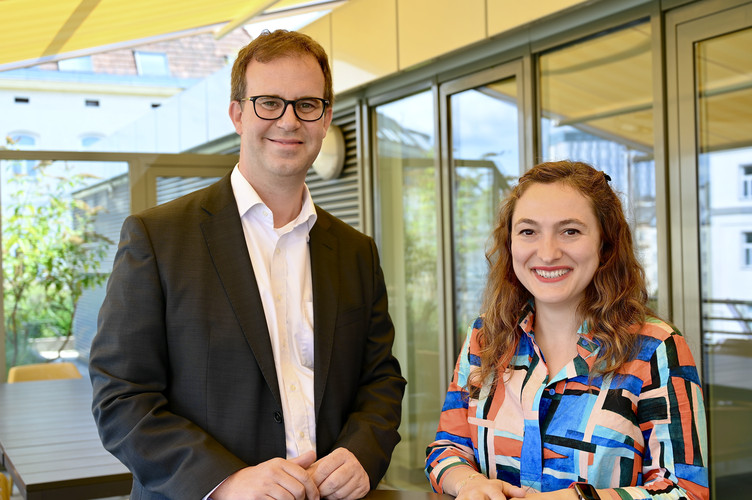
Gene mutation in the immune system: Anti-diabetes drugs make immune cells more effective again
T cells are an essential component of the immune system - they fight foreign structures such as bacteria and viruses or cancer-related changes in cells. This defense reaction requires energy. Scientists led by the St. Anna Children's Cancer Research Institute and the Marmara University Istanbul have now shown for the first time that a defect in the gene for the transcription factor NFATC1 leads to an immune defect with a disruption of metabolism in T lymphocytes. They were also able to show in a cell culture model that this metabolic disturbance of the immune cells was improved by the administration of established anti-diabetic drugs. The…
Read more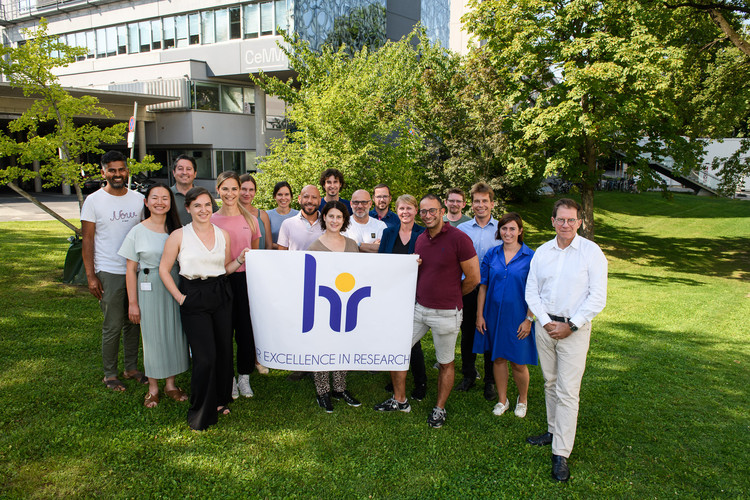
CeMM Receives HR Excellence in Research Award from the EU Commission
CeMM, the Research Center for Molecular Medicine of the Austrian Academy of Sciences (ÖAW), has been awarded the HR Excellence in Research Award from the European Commission. This recognition comes as a result of CeMM’s longstanding efforts to create the best possible conditions for top-tier scientists from around the world. Outstanding and innovative research is made possible through structurally optimal conditions, and with the HR Excellence Research Award comes a continued dedication to fostering an environment conducive to scientific innovation. By earning this accreditation, CeMM pledges to further implement the principles outlined in…
Read more